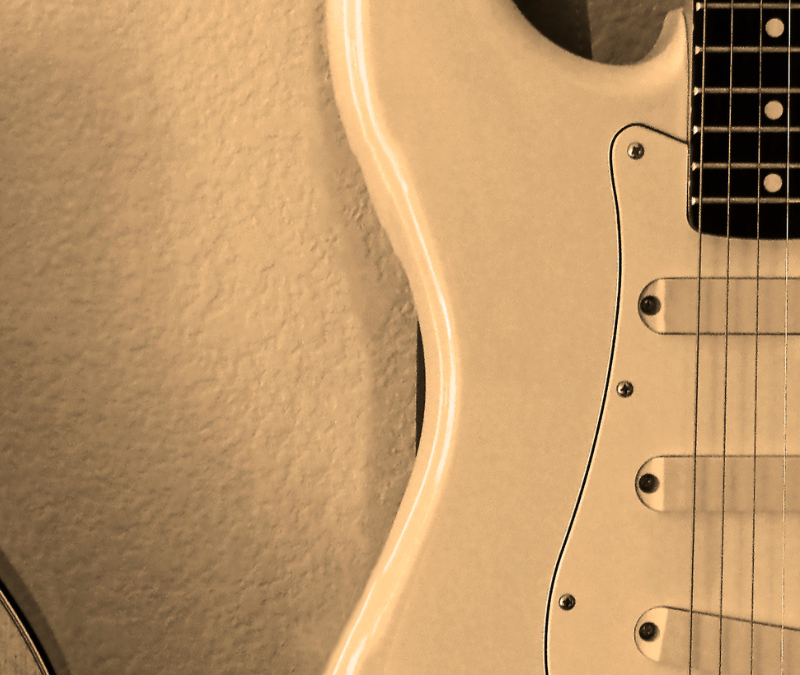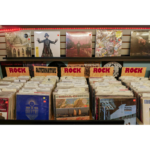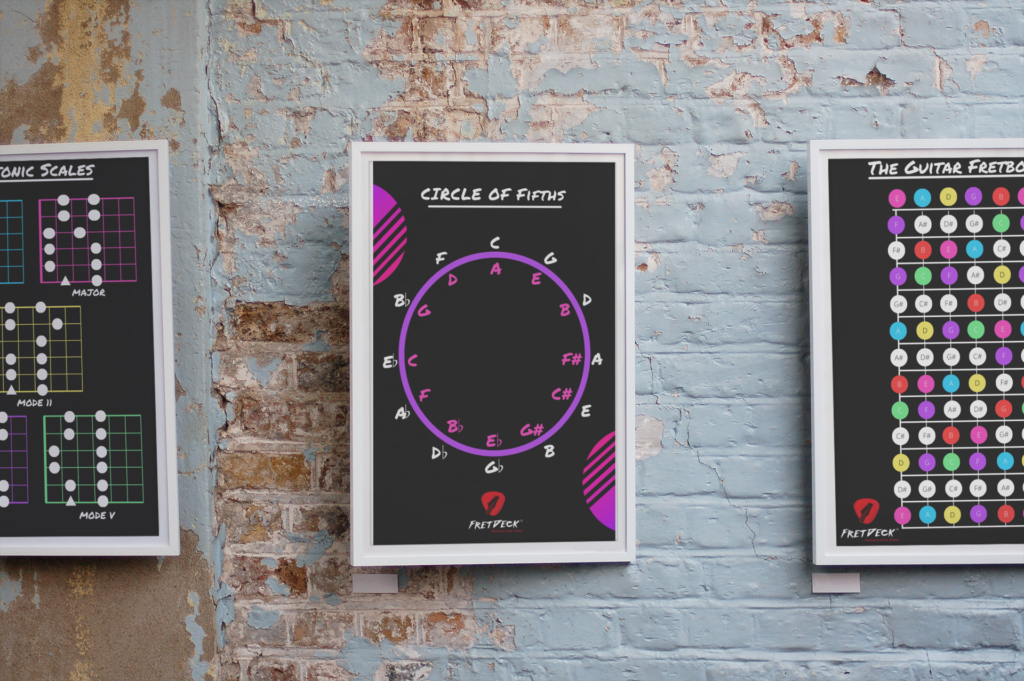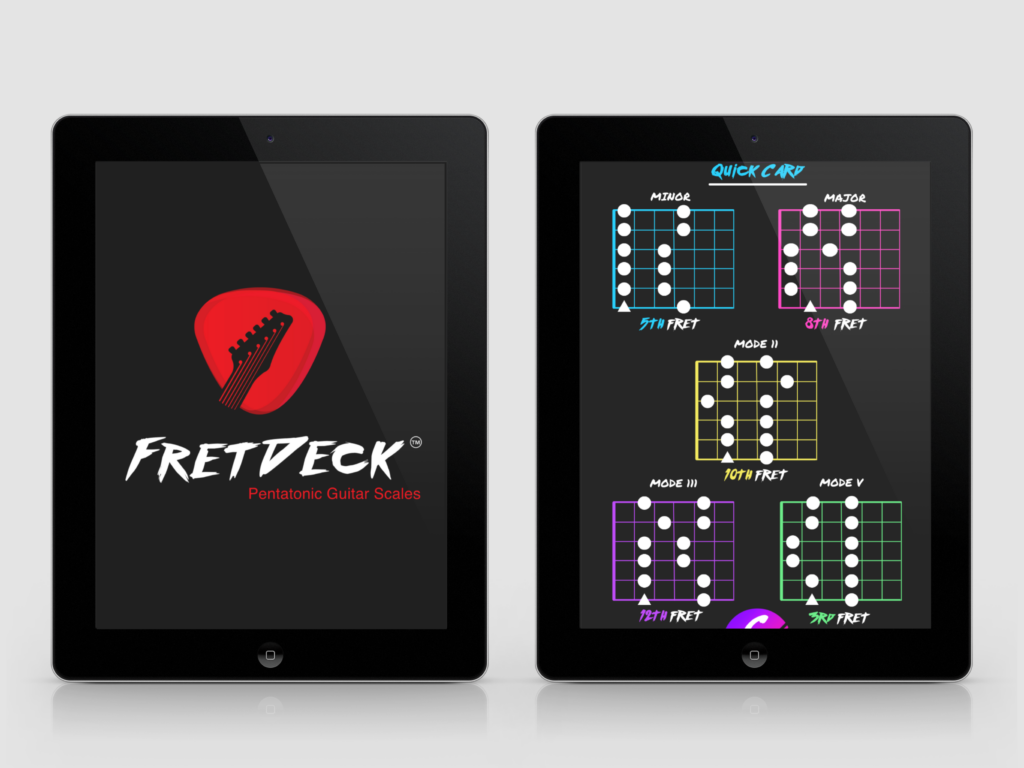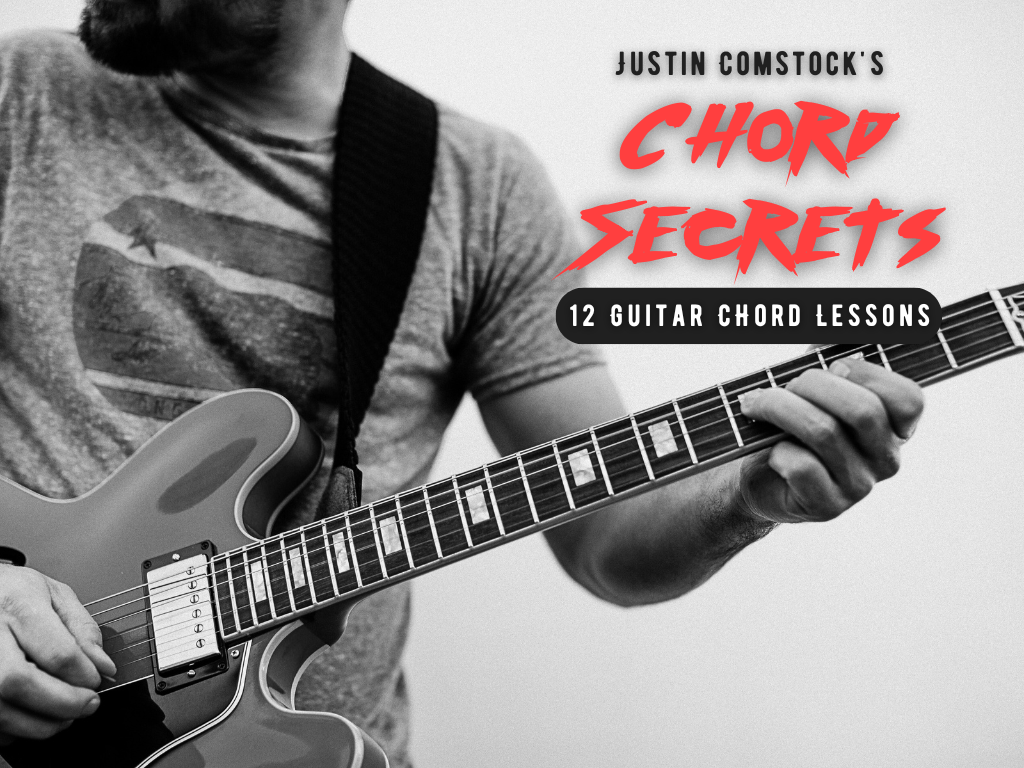Imagine this: the band sets up a groove, the lights dim, and you step into the spotlight. As you play your first notes, the audience leans in, hanging on every bend and vibrato. That’s the power of a great guitar solo, and the secret to achieving it lies in mastering the pentatonic scale with guitar solo lessons.
In this guide, we’ll explore how guitar solo lessons built around the pentatonic scale can transform your playing. Whether you’re a beginner dreaming of your first solo or an intermediate player looking to refine your craft, this post will help you unlock the fretboard’s full potential.
What Are Guitar Solo Lessons Built Around the Pentatonic Scale?
At its core, a pentatonic scale is a five-note sequence that forms the backbone of countless melodies and solos. Its simplicity makes it beginner-friendly, while its versatility makes it a go-to for seasoned players. The scale works in blues, rock, pop, and even jazz, making it one of the most important tools in your guitar-playing arsenal.
There are two primary types of pentatonic scales:
- The Minor Pentatonic Scale – A darker, soulful sound used in rock and blues.
- The Major Pentatonic Scale – A brighter, happier sound often heard in country and pop.
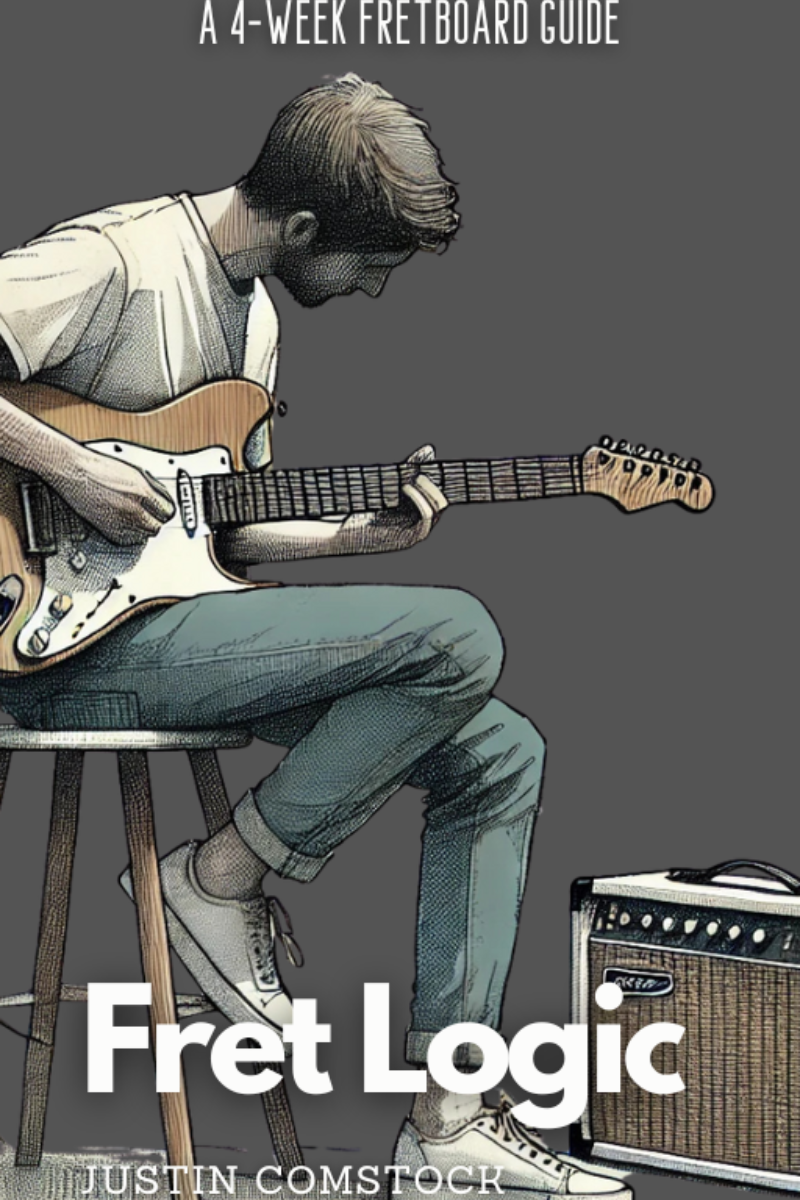
Join Guitar Freaks Hangout on Discord! 🎸
Get Fret Logic FREE!
Join the Guitar Freaks Hangout Discord and get exclusive access to my entire e-book, Fret Logic! Master the fretboard and elevate your solos with this comprehensive guide.
👉 Don’t miss out—join now and download your free copy!
Why the Pentatonic Scale Is Perfect for Guitar Solo Lessons
Why do so many guitar solo lessons revolve around the pentatonic scale? It’s because this scale offers the perfect blend of accessibility and creativity.
1. It’s Simple
The pentatonic scale has only five notes, which makes it easier to learn than seven-note major or minor scales.
2. It’s Versatile
This scale fits beautifully over most chord progressions, so you can use it in almost any musical situation.
3. It Sounds Great
Even without embellishments, the pentatonic scale sounds smooth and melodic, making it a forgiving choice for beginners.
How to Play the A Minor Pentatonic Scale
Let’s start with the A minor pentatonic scale, one of the easiest and most commonly used scales. Here’s the basic shape:
e|------------------------5---8--|
B|--------------------5---8------|
G|----------------5---7----------|
D|------------5---7--------------|
A|-------5---7-------------------|
E|--5---8------------------------|
Each number represents the fret you’ll play on each string. Use your index finger for the 5th fret and your pinky or ring finger for the higher frets.
Practical Exercises for Guitar Solo Lessons
Practicing scales isn’t just about playing them up and down. Here are some exercises to make your scale practice more musical:
1. Sequence Practice
Instead of playing the scale in order, break it into sequences. For example, play the notes in groups of three:
e|------------------------5---8--5------------|
B|--------------------5---8------8---5-------|
G|----------------5---7----------------------|
2. Sliding Between Positions
The pentatonic scale isn’t limited to one position. Slide between patterns on the fretboard to expand your range.
3. Create Phrases
Think of the scale as your vocabulary. Use a few notes to “say” something melodic, then pause or repeat to create structure. For instance:
e|---------------------------|
B|---5---8--8b---5----------|
G|-------7----------7-------|
Techniques to Bring Your Solos to Life
A great solo isn’t just about hitting the right notes—it’s about how you play them. Incorporate these techniques to add emotion and personality to your solos:
- Bends: Push the string up or down to change its pitch, mimicking a vocal cry.
- Vibrato: Shake the string slightly to give notes a singing quality.
- Hammer-ons and Pull-offs: Add speed and fluidity to your playing by transitioning between notes without picking.
- Slides: Glide into notes for a smooth, expressive sound.

Join Guitar Freaks Hangout on Discord! 🎸
Get Fret Logic FREE!
Join the Guitar Freaks Hangout Discord and get exclusive access to my entire e-book, Fret Logic! Master the fretboard and elevate your solos with this comprehensive guide.
👉 Don’t miss out—join now and download your free copy!
Play Along with Backing Tracks
One of the best ways to practice is by jamming over a backing track. Search for an “A minor blues backing track” online, and use your pentatonic scale to improvise. Focus on rhythm and phrasing, and don’t be afraid to experiment.
Advanced Tips for Pentatonic Soloing
Once you’ve mastered the basics, take your solos to the next level with these advanced techniques:
1. Add the Blues Note
Spice up your pentatonic scale by adding the “blue note,” a flattened fifth. In A minor, this would be the note Eb (6th fret on the A string).
2. Blend Major and Minor
Mixing the major and minor pentatonic scales creates a richer sound. For example, play the A major pentatonic scale alongside the A minor pentatonic to add variety.
3. Explore Dynamics
Alternate between soft and loud playing to create contrast and drama in your solos.
Common Pitfalls in Guitar Solo Lessons
Here are some mistakes beginners often make, and how to avoid them:
- Rushing Through the Notes: Focus on playing clean, well-timed notes instead of speeding through the scale.
- Ignoring Phrasing: A solo without phrasing is like a story without punctuation. Create musical “sentences” with pauses and emphasis.
- Staying in One Position: Learn multiple pentatonic positions to make your solos more dynamic.
Learn from the Greats: Iconic Pentatonic Solos
Many legendary guitarists built their careers on the pentatonic scale. Here are a few solos to study for inspiration:
- Eric Clapton – “Crossroads”: Clapton’s licks in this blues-rock classic are a masterclass in pentatonic soloing.
- Jimi Hendrix – “Red House”: Hendrix’s use of bends, vibrato, and phrasing showcases the expressive potential of the pentatonic scale.
- David Gilmour – “Comfortably Numb”: Gilmour proves that simplicity can be powerful, using the pentatonic scale to craft one of rock’s most iconic solos.
More on Guitar Solo Lessons
Looking to deepen your understanding of improvisation? Check out our guide on How to Improvise Guitar Solos. For more on music theory, explore this introduction to guitar scales.
Conclusion: Your Journey Begins Now
The pentatonic scale is your gateway to crafting memorable guitar solos. With its simple structure and versatile sound, it’s the perfect tool for beginners and a constant companion for experienced players.
Grab your guitar, start practicing, and let your creativity flow. If you need inspiration or want to share your progress, join us on the Guitar Freaks Hangout on Discord—a vibrant community of guitarists ready to cheer you on.
Your next great solo is waiting to be played. Let’s make it happen! 🎸and start exploring the pentatonic scale. Your next great solo is just a few notes away.
Looking for more tips on improving your lead playing? Check out our detailed guide on The Best Guitar Solo Lessons for Beginners for more exercises and inspiration.
And don’t forget to join the Guitar Freaks Hangout on Discord, where you can share your progress, ask questions, and connect with fellow players on the same journey. See you there! 🎸
To further enhance your understanding of pentatonic scales and their application in solos, you might find our article on 8 Ways to Master Major Pentatonic Scales on Guitar particularly insightful.

Join Guitar Freaks Hangout on Discord! 🎸
Get Fret Logic FREE!
Join the Guitar Freaks Hangout Discord and get exclusive access to my entire e-book, Fret Logic! Master the fretboard and elevate your solos with this comprehensive guide.
👉 Don’t miss out—join now and download your free copy!

